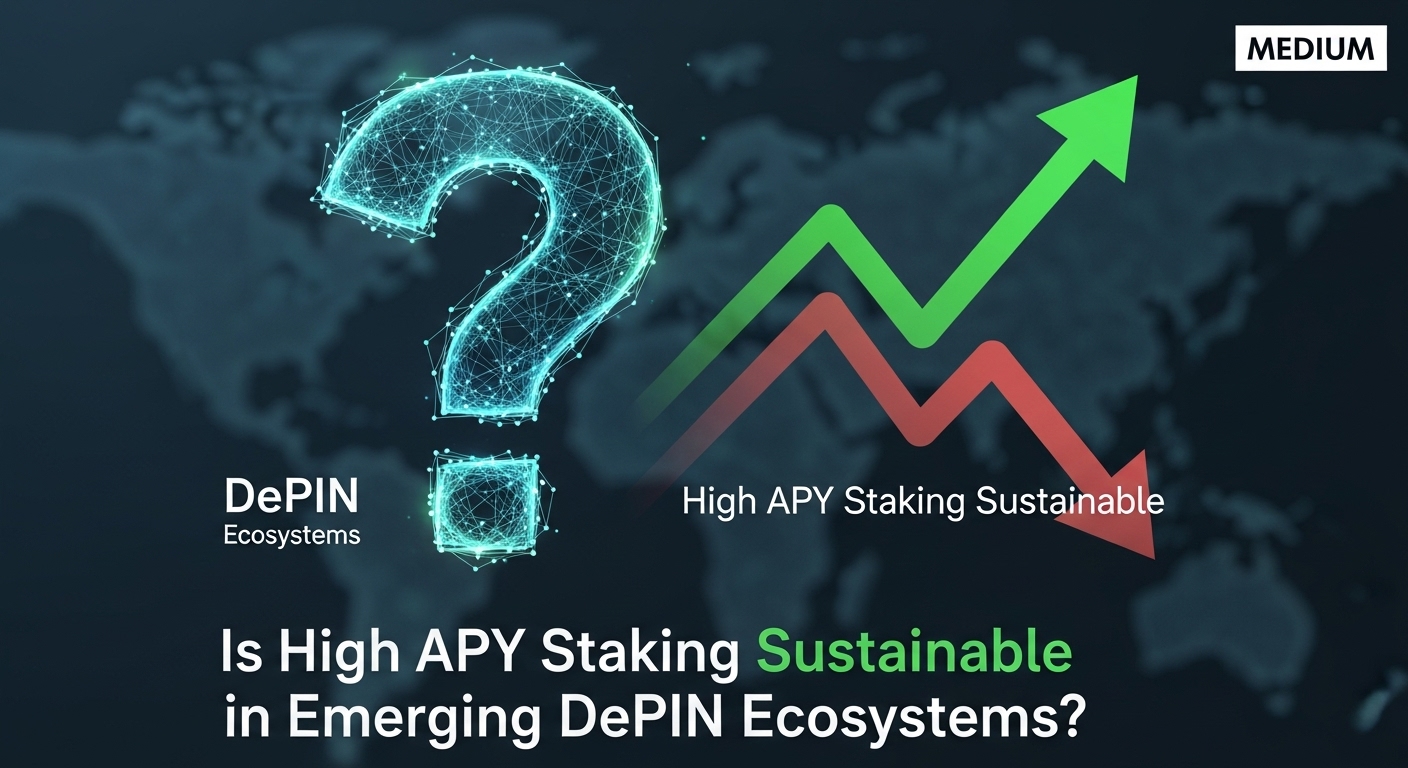In the ever-evolving landscape of blockchain technology, achieving cross-chain interoperability stands out as a pivotal challenge and opportunity. With numerous blockchains, each with its unique features and protocols, the need for these disparate systems to communicate effectively has never been more apparent. Bridging Bitcoin, Ethereum, and other blockchain networks can unlock tremendous potential in decentralized finance (DeFi), supply chain management, and beyond.
Protocols like Polkadot and Cosmos are at the forefront of this technological endeavor. These platforms are designed to facilitate inter-blockchain communication, enabling assets and data to be transferred seamlessly between different blockchain ecosystems. Polkadot, for example, utilizes a system of parachains that are individual chains connected to a central relay chain, allowing for the secure and scalable transfer of data and assets.
Cosmos approaches interoperability using a hub-and-spoke model where multiple blockchains, referred to as zones, are connected to a central hub. This architecture allows zones to communicate with each other through the hub, supporting a wide variety of applications and use cases. Through its Inter-Blockchain Communication (IBC) protocol, Cosmos facilitates secure and permissionless data exchange across different networks.
The significance of cross-chain interoperability cannot be understated. As decentralized applications (dApps) continue to grow in complexity, the ability to leverage multiple blockchains can enhance their functionality, security, and efficiency. Users can benefit from expanded options for asset management, trading, and decentralized service provision, all without being limited to a single blockchain's capabilities.
However, the path to true interoperability is fraught with challenges. Security is a primary concern, as connecting multiple blockchains could expose them to new vulnerabilities and attack vectors. Furthermore, achieving consensus on protocols that govern inter-chain communication requires extensive collaboration and standardization across the blockchain community.
In conclusion, while the journey towards comprehensive cross-chain interoperability is complex, it holds the promise of a more connected and efficient blockchain ecosystem. Advances made by projects like Polkadot and Cosmos are paving the way for a future where blockchain networks can interoperate seamlessly, unlocking new possibilities for innovation and collaboration across industries. As these technologies mature, stakeholders must continue to prioritize security and standardization to realize the full benefits of interconnectivity in the blockchain space.








